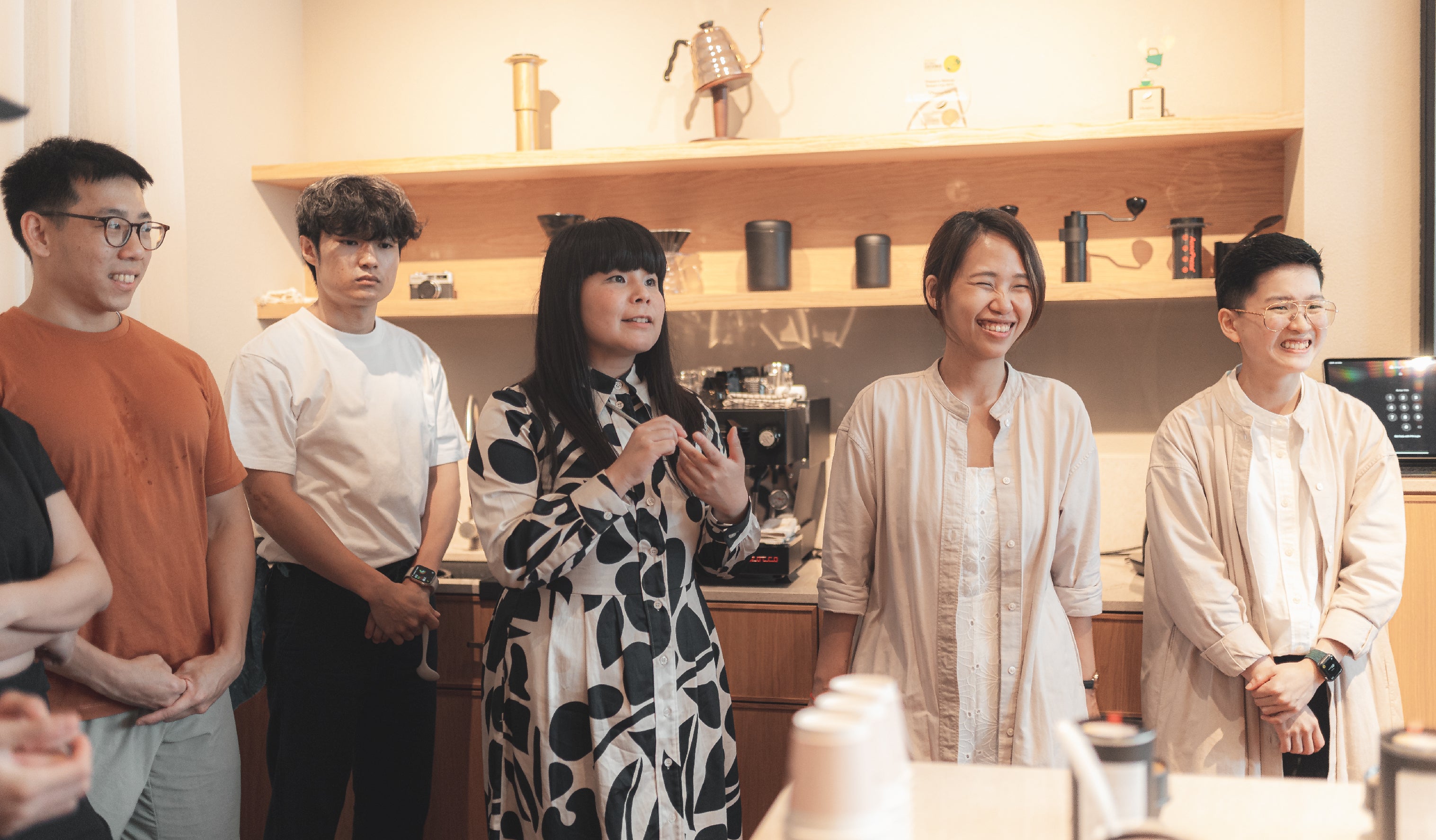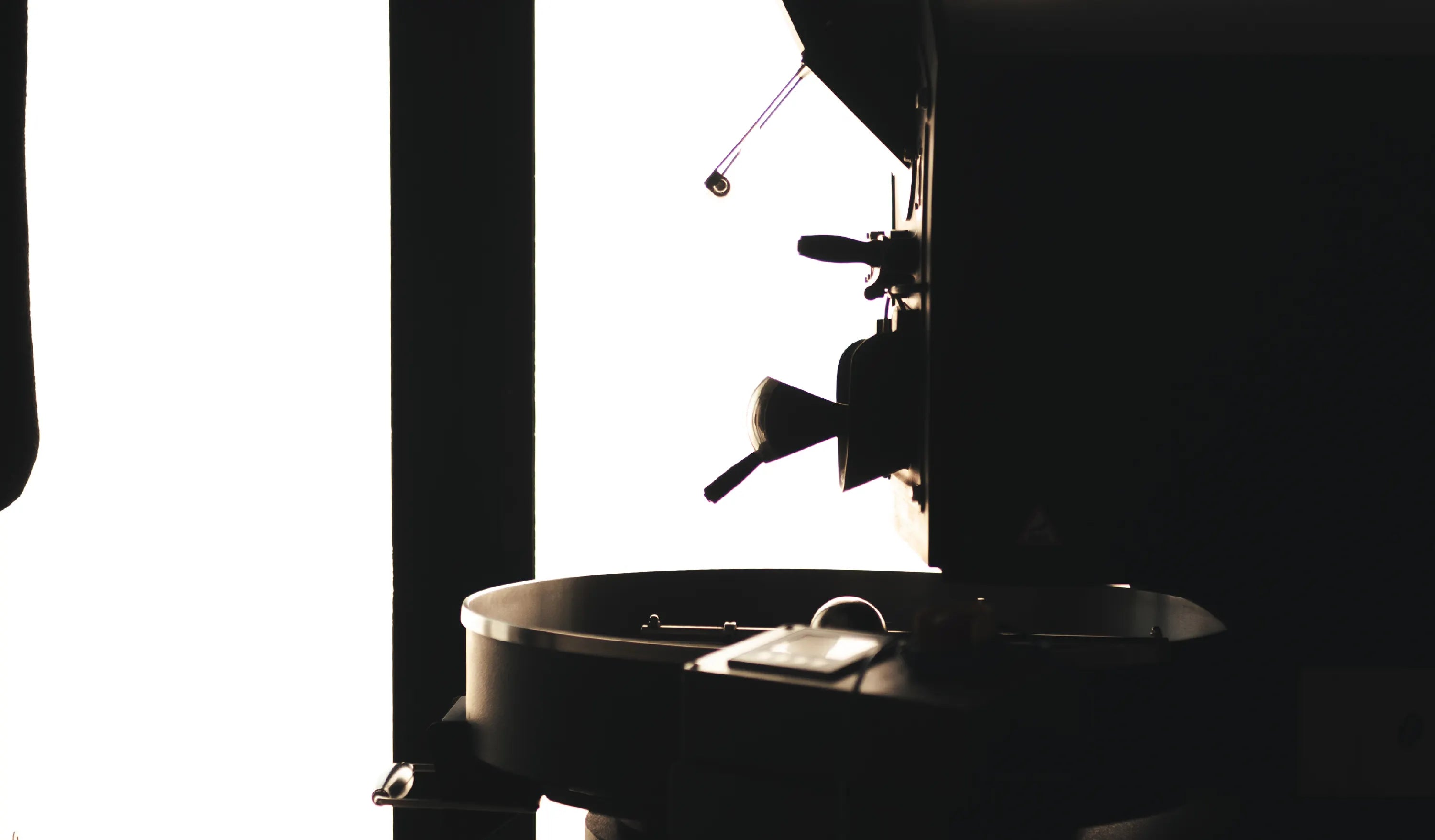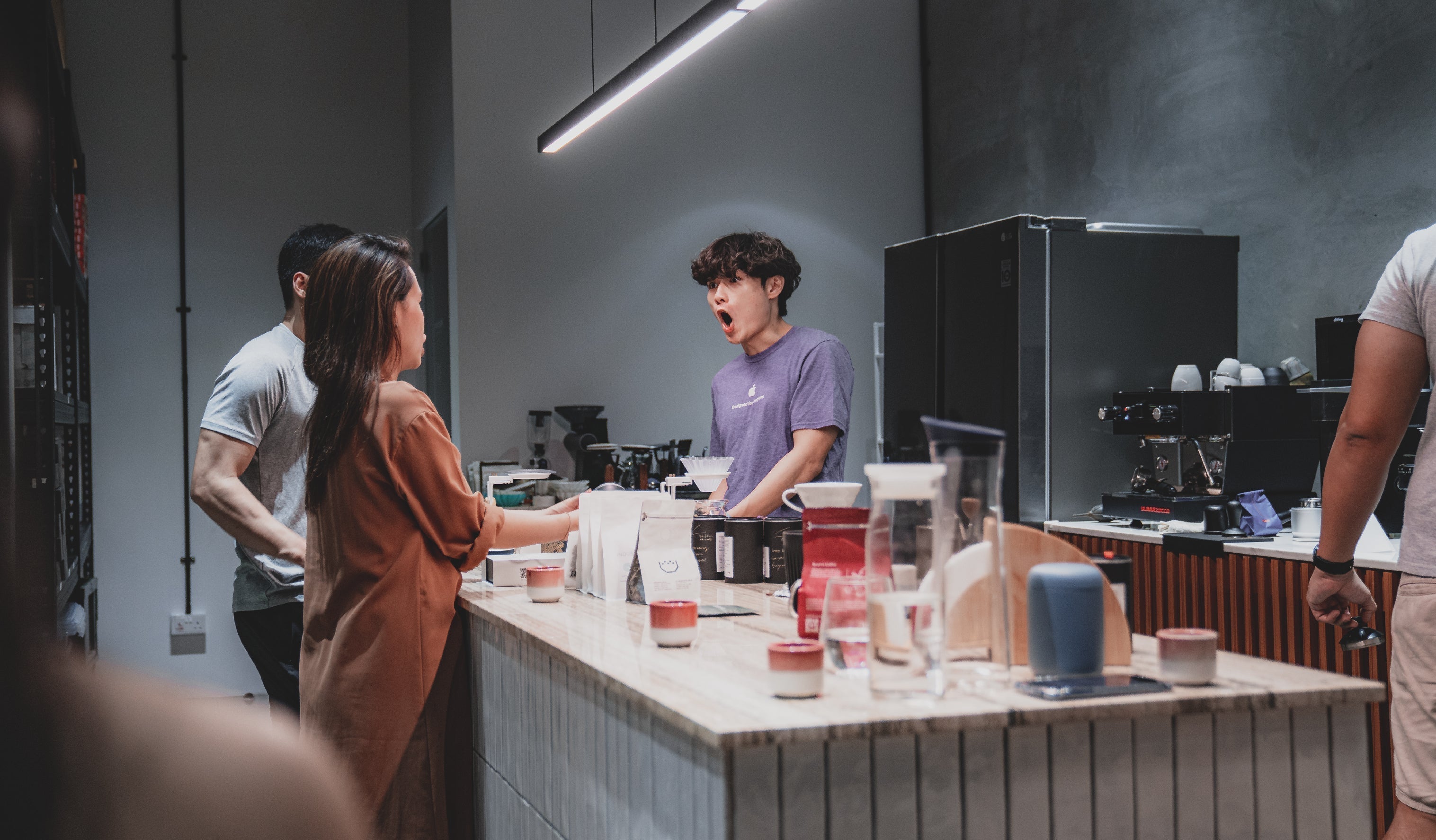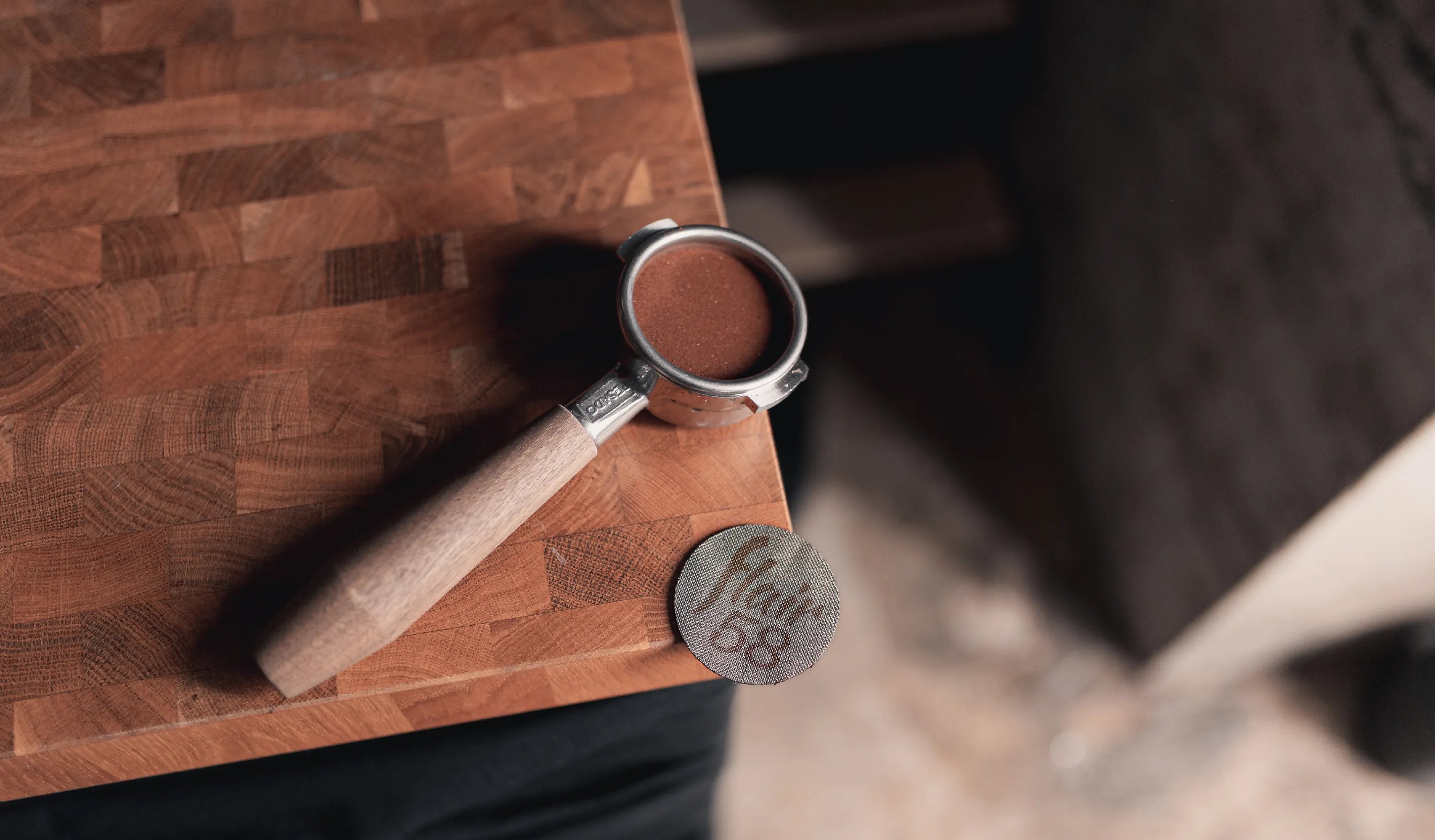We previously introduced the Coffee Extraction Theory and explored the dimensions used in the Coffee Brewing Control Chart. Yet, when it comes down to actually brewing coffee, how can this knowledge be translated into practical use?
To calibrate a cup that meets our expectations, we take the knowledge gained from the Coffee Brewing Control chart to firstly, identify where our current coffee stands in terms of its strength, measured through Total Dissolved Solids (TDS), and extraction, measured by Extraction Yield (EY), and secondly, to adjust the brew parameters accordingly to obtain our ideal TDS and EY.
Generally speaking, there are a few brewing parameters that we can adjust, and the approach to calibration varies depending on whether it is in the context of espresso or pour-overs.
With pour-overs, one can think of the various brewing parameters in two broad segments: primary parameters and secondary parameters.
Primary Parameters
Primary parameters are the brewing parameters that, in addition to simply affecting extraction, have an additional impact on other parameters.One may consider the coffee dosage, grind size, and brewing equipment to be of this nature.
Changing a coffee’s dosage will have a likely effect on all other variables, as it changes the depth of the brew bed. In turn, it affects the mix of immersion and percolation that happens in a pour-over, as well as the resistance of the entire brew bed, resulting in potentially longer brewing times, assuming all else remains constant.
A different grind size will change the grind distribution of the brew bed, and therefore the resistance and overall brew time of the coffee, as well as balance of extraction – you can read more on the situations of Over-Under and Under-Over extraction .
With pour-overs, the brewing device also matters – whether a dripper is a flat bed dripper or a conical dripper changes the brew bed shape and its flow rate, and the shape of the dripper dictates the baseline flow that it may have. This changes from one dripper to the next, and the brewing parameters that may work for one dripper have varying results when used with another dripper.
Secondary Parameters
On the other hand, secondary parameters are things that have a singular impact on the brew extraction alone. These include the brew ratio, pouring techniques, temperature of water used and even the pour allocation when brewing!
A higher brew ratio increases the EY, and at the same time yields a lower amount of TDS, while pouring techniques (a topic we covered extensively) heavily influence the agitation in the brew bed, and in turn the amount of extraction that goes on when brewing.
For home brewers and professionals alike, the temperature of the water we use is a common variable that we adjust when we brew, and we know that extraction increases with a hotter water temperature.
Additionally, the number of pours we take when we brew can make a difference to the overall extraction as well. In part, this is due to the differing extents of immersion and percolation extraction that occurs when we vary the number of pours taken. All other factors remaining consistent, a larger number of pours often results in brews with higher extraction.
Calibrating a Coffee
This method of calibrating a pour-over begins with nailing down the primary parameters before adjusting the secondary parameters to fine tune the taste profile.
It is recommended to first discover a base recipe which one is comfortable with brewing time and again, where a fixed set of primary parameters consistently produce a balanced cup with acceptable extraction in both EY and TDS. Secondary variables are then factored in to refine the cup, attempting to minimise any apparent weaknesses in the coffee and accentuate the flavour notes.
With experience and practice in using this approach to calibration, one can understand how and when to adjust both the primary and secondary parameters to adapt to brewing coffees of different processing and roast levels to always produce great cups of coffee!
Journal Archive

Milk in World Barista Competitions
An overview of milk concentration methods in coffee competition, focusing on freezing techniques that enhance milk's qualities for great coffee beverages.

How Coffee Cup Colours Affect Your Drinking Experience
Cross-modal perception of colours on the taste of coffee

Learning to enjoy more

Same Coffees Everywhere, All at Once
Why do local specialty coffee shops serve the same coffees?

A study of unexpected coffee production nations

A low down on using puck screens for espresso machines


